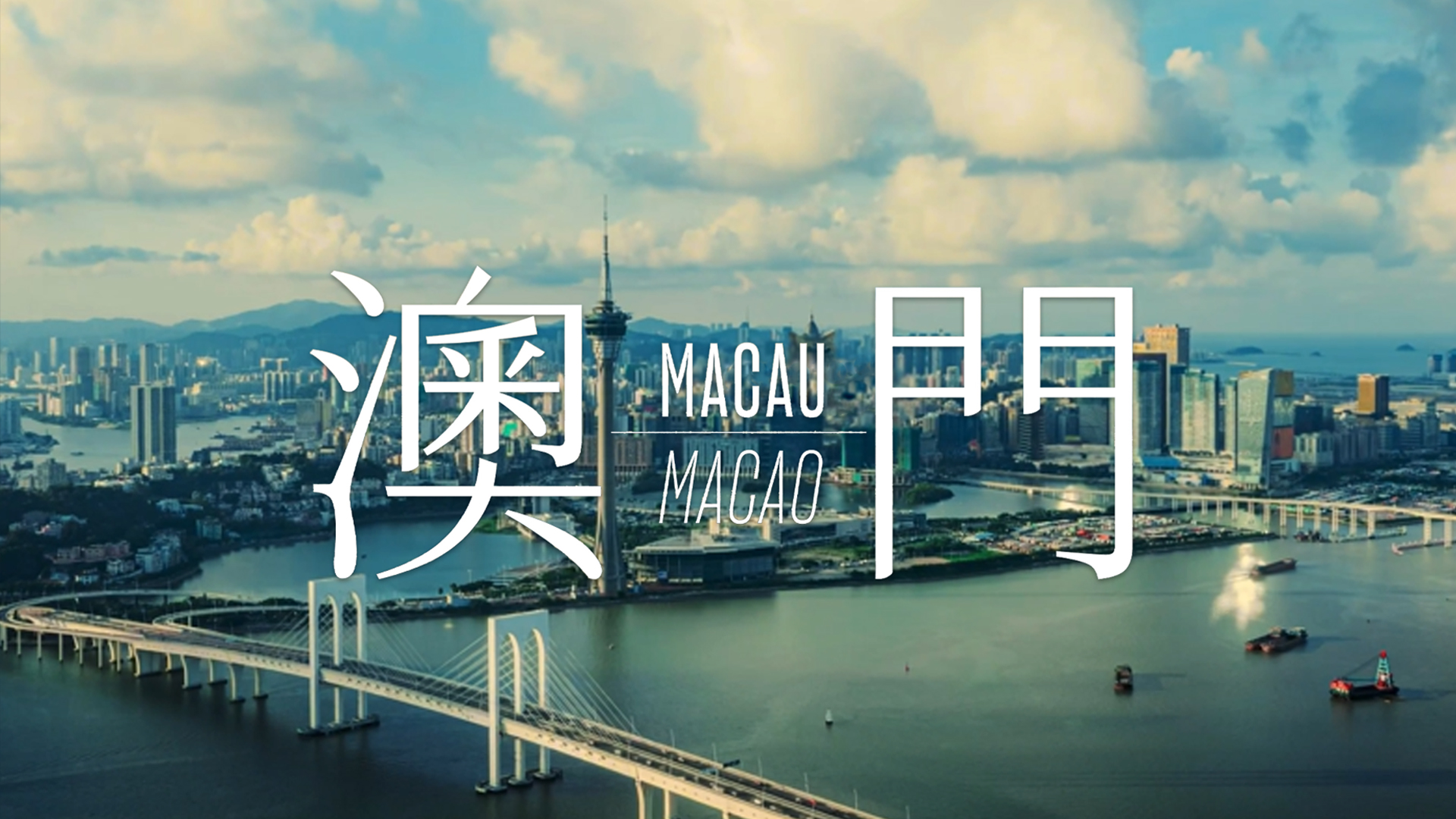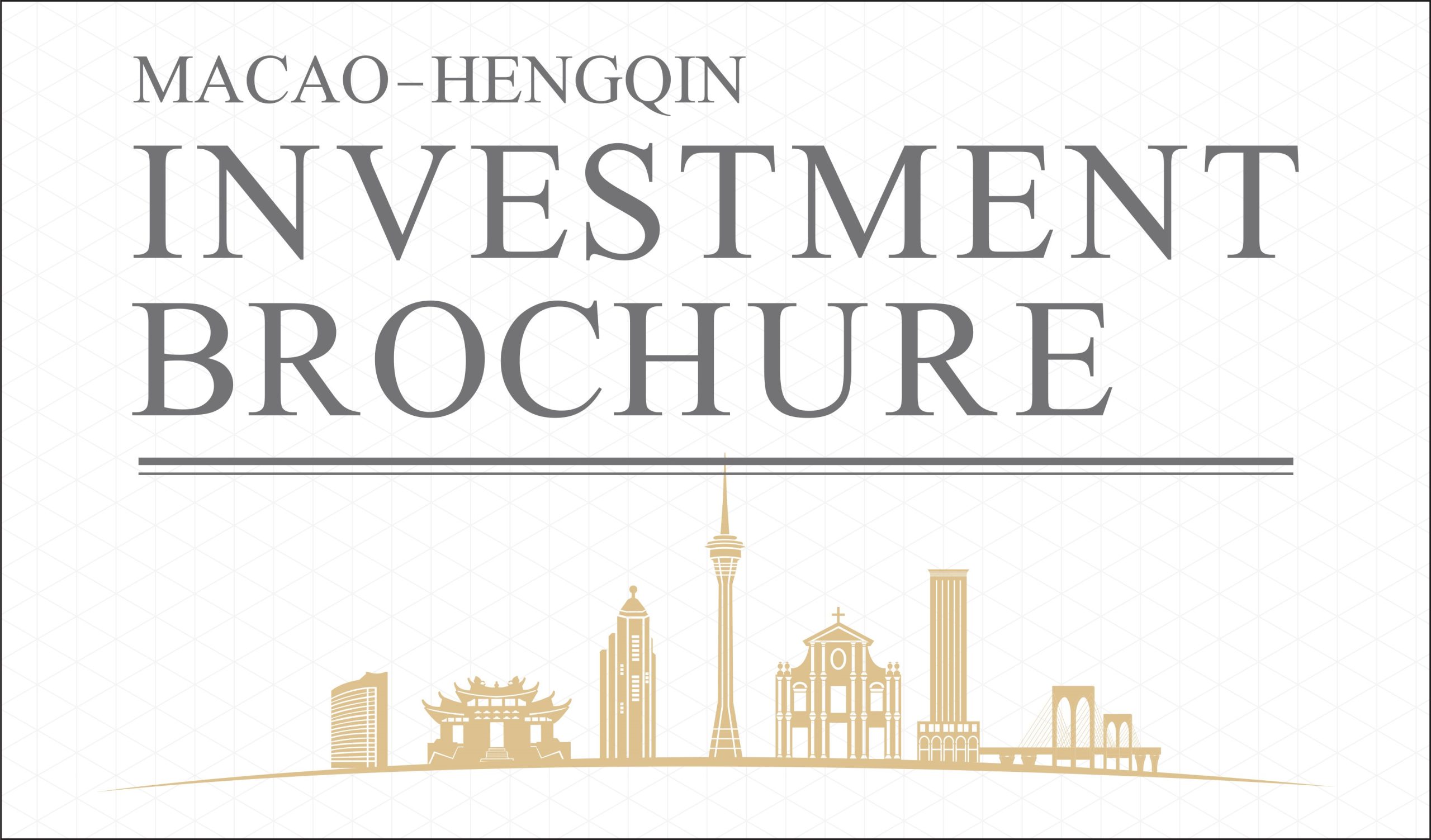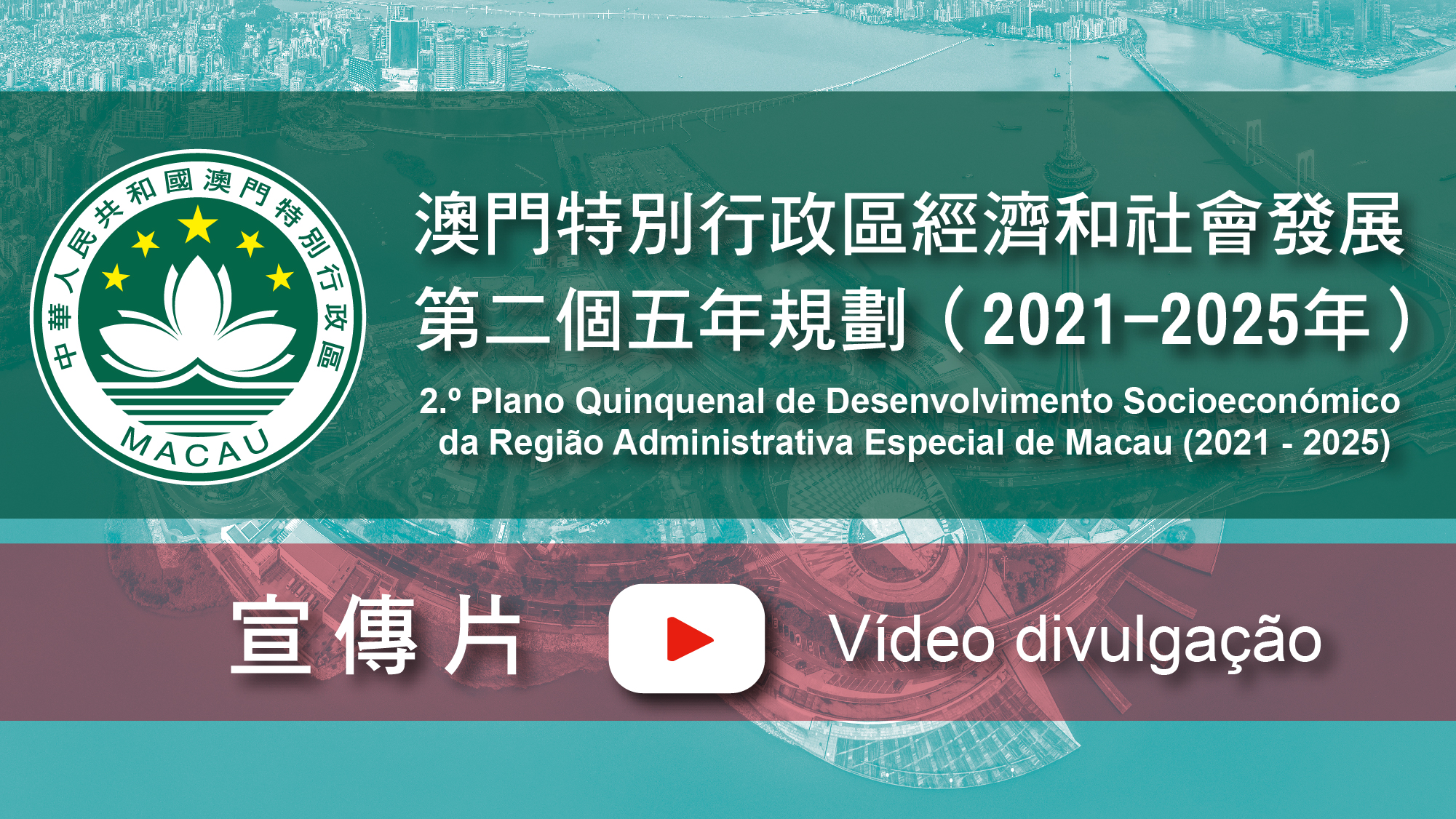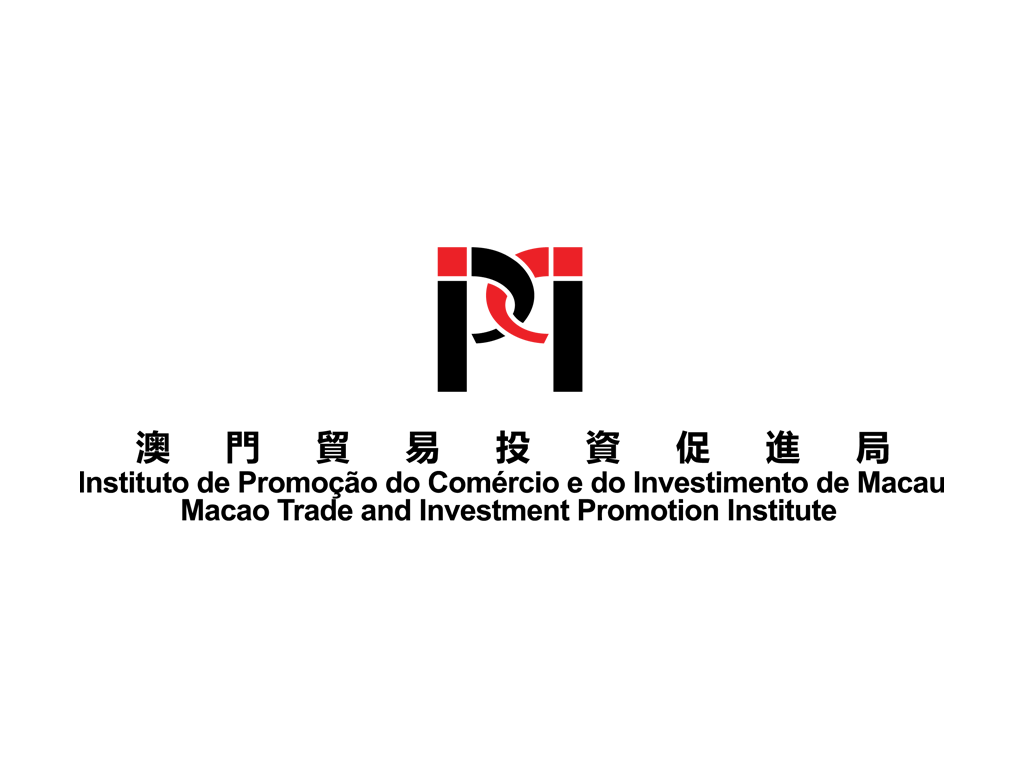Search Issues
Kingdom of Cambodia
Cambodia is located in southern Indochina in Southeast Asia, neighbouring Vietnam, Thailand and Laos. It covers an area of 181,035 square kilometres with Phnom Penh as the capital. As of July 2017, it has a population of 16,204,486, with only 21.2% being the urban population. There are around 1 million overseas Chinese in the country and the official language is Khmer.
As the political situation has stabilised over the past two to three decades, the government adopted the open and free market economy policies as well as the Rectangular Strategy for Growth, Employment, Equality and Efficiency (covering agriculture, infrastructure facilities, private economy and the development of human resources). The government actively promoted tourism development and successfully attracted investments from various countries and regions including Mainland China, Korea, Japan and Taiwan. It has not only become an emerging investment destination in Southeast Asia, but also growing into a developing country. Tourism, garment processing (clothing industry), construction and real estate, as well as agriculture are the four pillar industries, while the mining industry also attracted many overseas investors. Cambodia recorded remarkable economic growth from 2000 to 2010, with an average annual GDP growth of more than 8%, the average annual growth has been maintained at around 7% since 2011 and the economic growth in 2017 was recorded at 6.9% with a GDP of USD22.2 billion.
In 2016, Cambodia entered into double taxation agreements (DTAs) with Singapore and China respectively. In the same year, the accumulated inward direct foreign investment in Cabodia amounted to USD16.7 billion with projects mainly invested in the sectors of finance, manufacturing, real estate, agriculture, tourism, energy, transport and telecommunications. The service industry is the largest economic sector in the country and accounted for 41.9% of the GDP, the industrial sector (mainly garment, tourism and construction) and the agriculture industry represented 32.8% and 25.3% of the GDP respectively with the agriculture industry employing nearly half of the labour force in the country.
Being a country along the “Belt and Road”, there is huge potential for co-operation in various areas such as trade and economic between China and Cambodia. In 2017, trade volume between China and Cambodia totalled at USD5.79 billion, showing a 22% year-on-year growth. As of the end of 2017, contract work agreements in Cambodia signed by Chinese enterprises have accumulated to USD 17.54 billion, with completed business volume totalled at USD 11.08 billion. According to the statistical data of China, China’s non-financial direct investment in Cambodia in 2017 amounted to USD550 million, showing a 45% year-on-year increase. A Seminar on China-Cambodia Co-operation under the “Belt and Road” Initiative, organised by the East Asia Research Centre of the Cambodian Institute for Co-operation and Peace, was held in its capital Phnom Penh on 22 June 2017. In accordance with the agreement, being a member state of China-ASEAN Free Trade Area (CAFTA) and one of Asia’s Least Developed Country (LDC), Cambodia will reduce about 86% of its tariff levied on China-origin products to zero in 2018 from a simple average of 14.4% in 2005. Taking Chinese Shirts and T-shirts manufactured in as an example, the average tariff will be lowered to zero from 7% in 2005.
Meanwhile, there is also enormous room for co-operation in various areas between Macao and Cambodia which are both important hubs on the Maritime Silk Road. A SAR government delegation led by the Chief Executive of the Macao SAR Chui Sai On visited Cambodia, and following the signing of the “Memorandum of Understanding between Siem Reap Province of the Kingdom of Cambodia and the Macao Special Administrative Region of the People’s Republic of China on the Establishment of Friendship Relation” earlier, the “Memorandum of Understanding between the Macao Special Administrative Region of the People’s Republic of China and the Ministry of Foreign Affairs and International Co-operation of the Kingdom of Cambodia On Co-operation Framework for Promotion of Friendship” was signed with the Ministry of Foreign Affairs and International Co-operation on 7 May 2018. The MOU aimed at strengthening strategic collaboration, co-ordinating and promoting co-operation in trade and economic, education, tourism, non-governmental exchanges, as well as fully utilising the abundant tourism resources on both sides, namely the World Heritage Sites of the Historic Centre of Macao and Angkor in Cambodia. The two sides will work together in the development of the “Belt and Road” Initiative and seek mutual development. The SAR government delegation also hosted a youth round-table session discussing opportunities arising from the “Belt and Road” Initiative, and encouraged the youth on both sides to strengthen liaisons and contribute to the collaboration between the two.
Resources
Mining resources included gold, phosphate, gemstone, oil and a small quantity of iron and coal. There are abundant forestry, fisheries resources and fruit trees. The country is rich in various types of bamboo and valuable tropical wood such as teak, iron wood, red sandalwood and rosewood. Timber reserves amounted to around 1.1 billion square metres. The Tonlé Sap in Cambodia is the largest natural freshwater fishery ground in Southeast Asia.
Industry
Industry is one of the major sectors to promote local economic development. The foundation of industrial development was weak and there was a lack of variety in industries. Major industries are garment processing, construction, rice milling, fishery processing, timber processing, rubber processing, cement manufacturing, gemstone mining and textiles. The free market economy implemented since the end of 1991 has already created employment for 500,000 Cambodian. Among which, garment industry dominates the industrial sector and becomes the leader in exports and foreign exchange as well as the mainstay of the economy. Major export countries are Canada, China, EU, Japan, Korea and the United States. There are currently 630 garment factories in the country and Cambodia has become one of the priority production bases for worldwide light industry such as garment industry due to its strengths of relatively low labour and land costs.
Agriculture
Cambodia is a traditional agricultural country with a total of 6.3 million hectares of arable land. Agricultural population accounted for 48.7% of the national labour force, major agricultural products are rice, rubber, corn, vegetables, cashew nuts, cassava and silk. According to the February 2018 report issued by the Ministry of Agriculture, Forestry and Fisheries, agricultural exports recorded an average annual growth of around 7% over the past five years, and an 11% increase in 2017 as compared with 2016, with an export volume of 2.83 million tonnes. Major agricultural exports listed in order are cassava (936,984 tonnes), rice (635,679 tonnes), corn (168,685 tonnes) and cassava flour (76,093 tonnes). Currently, the country aims to further improve the quality and standard of the agricultural products as well as enhancing efficiency and stability by releasing more land and implementing the contract farming system.
Tourism
Tourism accounted for nearly 20% of the GDP. Angkor is a world-renowned cultural heritage, attracting tourists from around the world. As such, the Cambodian government has been promoting the Open Sky Policy since 2000 and encouraged overseas airlines to operate direct flights to Phnom Penh and Angkor. According to the Cambodian tourism authority, the country has received 5.6 million tourists in 2017, an 11.6% increase as compared to the previous year. Among which, there were 1.2 million Mainland tourists, a year-on-year growth of 46% and China has become the largest country of origin. Currently, a total of 15 airlines (including three from Cambodia and 12 from China) provide flights between China and Cambodia, with 155 scheduled flight and 50 direct charter flights every week.
Foreign Trade
In September 2003, Cambodia became a member of the World Trade Organisation (WTO). According to the data from the Ministry of Commerce, Cambodia’s merchandise exports expanded by 17.9% to reach US$10.1 billion in 2016. Despite soaring costs driven in by US dollar appreciation and competition from other regional low-wage countries such as Myanmar and Bangladesh, Cambodia’s garment exports continued to expand by 8% in 2016, with the value of exports accounting for more than 70% of the country’s total. After EU has streamlined the Generalized System of Preferences (GSP) rules, Cambodian exports to the EU have grown rapidly since 2011. Under GSP, as a Least Developed Country (LDC), Cambodia exports to EU are exempted from duties as well as quota-free.
Main Economic Indicators 2017
| Gross Domestic Product (US$billion) | 22.25 |
| Real GDP growth (%) | 6.9 |
| GDP per capita (US$) | 4,000 |
| Inflation (%) | 3.7 |
| Land area (sq km) | 181.035 |
| Population | 16,204,486 |
Source: CIA-The World Factbook,
https://www.cia.gov/library/publications/the-world-factbook/
Main Trading Countries/Territories with Cambodia 2016
| Main Destinations for Exports | % |
| USA | 21.3 |
| UK | 9.4 |
| Germany | 9.0 |
| Japan | 8.2 |
| Canada | 6.5 |
| China | 6.0 |
| Thailand | 4.2 |
| Spain | 4.0 |
| Main Origin for Import | % |
| China | 35.3 |
| Thailand | 14.8 |
| Vietnam | 11.0 |
| Singapore | 4.4 |
| Japan | 4.1 |
| Hong Kong | 4.0 |
Source: https://www.cia.gov/library/publications/the-world-factbook/
Foreign Trade In 2016 and 2017 (unit: US$ billion)
| Year | Total Trade | Exports | Imports |
| 2017 | 24.790 | 10.450 | 14.340 |
| 2016 | 21.883 | 9.233 | 12.650 |
Major Export Commodities: clothing, timber, rubber, rice, fish, tobacco, footwear
Main Import Commodities: petroleum products, cigarettes, gold, construction materials, machinery, motor vehicles, pharmaceutical products
Source:
1.CIA-The World Factbook, https://www.cia.gov/library/publications/the-world-factbook
2.Index Mundi-Country Fact, http://www.indexmundi.com
Mainland China-Myanmar Import & Export (unit: US$ billion)
| Year | Total | Exports | Imports |
| 2016 | 47.60 | 27.2 | 5.6 |
Source: Ministry of Commerce of the People’s Republic of China, http://mds.mofcom.gov.cn/article/Nocategory/
Macao- Myanmar Bilateral Trade In 2017
| Type of Trade | Weight (KG) | Patacas |
| Imports | 746,229 | 24,096,281 |
| Exports | 69,324 | 74,618,357 |
Source: The Macao Statistics and Census Service, http://www.dsec.gov.mo/
SOURCE
The Ministry of Foreign Affairs of the People’s Republic of China
http://www.fmprc.gov.cn/chn/default.htm
The Ministry of Commerce of the People’s Republic of China
http://zhs.mofcom.gov.cn/
The Economic and Commercial Counselor’s Office of the Embassy of the People’s Republic of China in the Republic of the Union of Myanmar
http://co.mofcom.gov.cn/
The Statistics and Census Service
http://www.dsec.gov.mo/
The World Factbook
http://www.cia.gov/





















